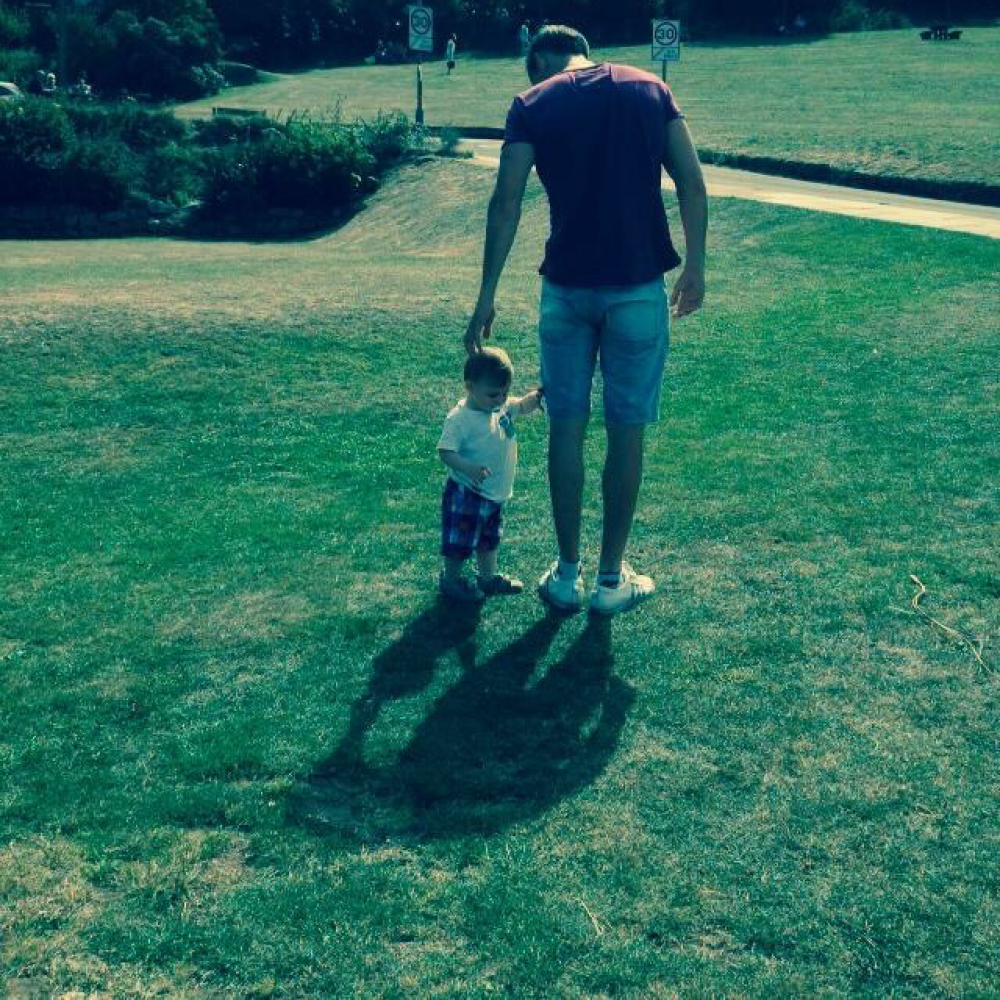Strength training is now recognised as an important part of a triathlete's training schedule if they want to succeed. Yet it's easy to make mistakes and not focus on tri-specific strength training that'll help you develop strength in the right areas for all the three tri disciplines, says Dave Cripps.
- What’s the difference between base fitness and base strength?
- What specific strength training should female athletes do?
- Are you strengthening your core in the way it's actually being used?
One of the first things you learn in strength and conditioning is to truly understand the ‘needs of athlete based upon the demands of the sport’. When you consider the core muscles during triathlon, they act to stabilise and limit excess, unwanted movement in your lumbar spine (lower back). Whereas your hips and the upper part of your spine (thoracic) create movement, for example to allow for efficient hip movement during your running, or to rotate your shoulders during your swim stroke.
Yet there's common and widespread use of core strength exercises in triathlon that do the opposite. These often create movement, which destabilises the lumbar spine, for example flexing and rotating your lower back. Crunches, abdominal twists, bicycle kicks and V ups are all examples where your spine is being trained in these ways, which in fact don't truly fit the needs and the demands of triathlon.
Therefore, the answer is to utilise core strength exercises where you're using this strength to prevent movement in the lumbar spine. Planks and side planks are common examples, with pallof press variations and overhead carry walks being less common but still very effective. These train your core muscles to develop strength to stabilise your spine as it's fundamentally needed to during triathlon
2. Greater heart rates don’t create greater results
As a triathlete myself I relish the challenge of training as your heart rate creeps into the red zone, or the sense of elation having sustained a new PB speed over a distance on your bike or run. However, science demonstrates conclusively that to develop strength in the way that's most helpful for triathlon, your approach has to differ.
Strength development relies significantly on what we call intensity, and this is where confusion can occur. Intensity in strength training relates to the weight you can lift, i.e. more intensity = more weight lifted. However, in endurance training, intensity often refers to how high your heart rate, power or speed are.
When a triathlete strength trains, the most effective training stimulus, is to provide the right muscles and movements, with the highest weight that can be safely moved, over a certain number of repetitions and sets. If your rest is too short, your main energy system you utilise to move the weight called your phosphocreatine system, does not have time to fully replenish itself. Consequently less weight is moved, the intensity is lower and strength development is reduced.
However, triathletes commonly will look to shorten rest periods as they may with endurance training, in the belief this makes the training more effective. It conclusively does not, as it sacrifices intensity. Equally the sense of having a high heart rate and linking this to effective training is the trap we can get drawn into. For example, over a strength training session, your average heart right over the entire session should stay below zone 2 (although it'll have peaks and troughs at specific points during the session).
When combining research evidence and practical considerations as a coach, using two minute rest periods or greater, between your main strength exercises, each set is key. While you can pair up two exercises which work separate muscle groups into what’s commonly known as a ‘superset’. You need a two minute minimum rest after each pair, although low intensive mobility and technical movement work can be performed in these rests.
3. Remember it's more how you execute the exercise, not the exercise itself
By loading a group of muscles during strength training, you create mechanical stress on the muscles which then triggers signals in the muscle cells to elevate, which fundamentally drives the muscles adaptation to become stronger and more powerful.
Technically well-performed exercises allow for this loading to occur more at the muscles we want to strengthen and less at those we don’t. For example on a reverse lunge, if you can stop your knee turning inward, take 2-3 seconds to control the lower down and keep your torso forward instead of being vertical, you'll more effectively load the target muscles.
However, often this doesn't occur and a perspective that just performing the movement in general without failing over, is sufficient. We collect more compelling anecdotal evidence which suggests strongly, endurance athletes who don’t strongly focus in on technique, see much less improvement in strength and power, and limited transfer from the gym, into to their bike and run performance.
Just like swim training, you don’t just thrash out strokes with disregard to technique. You work really hard, but you focus on 1-2 key technical cues, and value the need to position your body and time movements precisely. If you can apply this mentality to your strength training, this'll allow for significantly superior improvements in the results you achieve and the transfer of these to your triathlon performance.
- 3 strength and conditioning exercises to help you stay injury-free
- Strength training for swimming: 6 key gym exercises
- Strength training for cycling: 6 key exercises
- Strength training for running: 6 key exercises
Dave Cripps is the director of TriTenacious, a leading online strength and conditioning resource for triathletes, and Coalition Performance.
He holds both BSc and MSc degrees in sport and exercise science and is a fully accredited strength and conditioning coach by the UK Strength and Conditioning Association. He's worked professionally as a strength and conditioning coach for over a decade, in over 20 sports at both world class and amateur levels, including triathlon, cycling, running and swimming.
